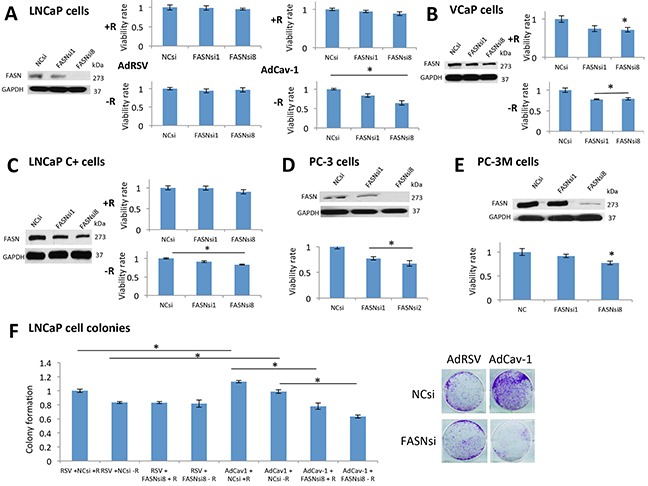Figure 4. FASN was critical for the survival of PCa cells expressing Cav-1 under androgen deprivation, mediating its growth and resistance effects.

A. According to the results of an MTS assay, neither of the siRNAs affected the survival of LNCaP cells treated with AdRSV in the presence or absence of androgens. On the contrary, when cells were treated with AdCav-1, both siRNAs reduced the survival of LNCaP cells in the absence of androgens (P=0.031 for FASNsiRNA1 and P=0.03 for FASNsiRNA8). B. In the presence of R1881, only FASNsiRNA8 reduced the survival of VCaP cells (P=0.036), whereas in the absence of R1881, both siRNAs reduced the survival of these cells (P=0.007 for FASNsiRNA1 and P=0.014 for FASNsiRNA8). C. In the presence of R1881, the siRNAs had no effect on the survival of LNCaP (c+) cells, whereas in the absence of R1881, both siRNAs reduced the survival of these cells (P=0.035 for FASNsiRNA1 and P=0.0005 for FASNsiRNA8). D. Both siRNAs significantly reduced the survival of PC-3 cells (P=0.013 with FASNsiRNA1 and P=0.009 with FASNsiRNA8). E. FASNsiRNA8 significantly reduced the survival of PC-3M cells (P=0.035). As seen in a Western blot analysis, FASNsiRNA1 was not effective at downregulating FASN in PC-3M cells. F. Cav-1 induction increased the growth of LNCaP cells in the presence (P=0.026) and absence (P=0.002) of R1881. LNCaP cells treated with AdRSV were not significantly affected by FASN downregulation in the presence and absence of R1881. After treatment with AdCav-1, FASN downregulation significantly reduced the number of colonies in the presence (P=0.0027) and absence of R1881 (P=0.002).
